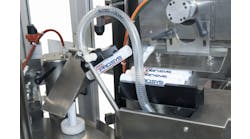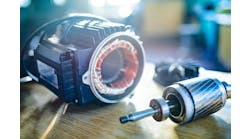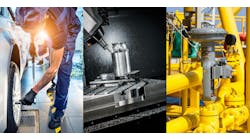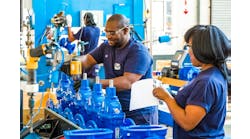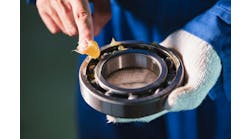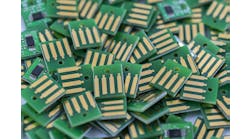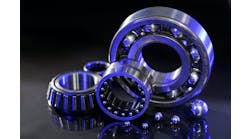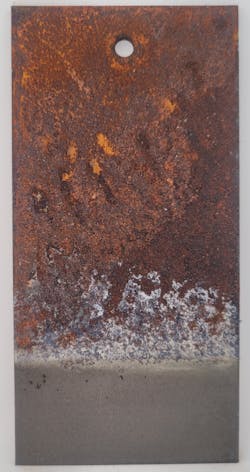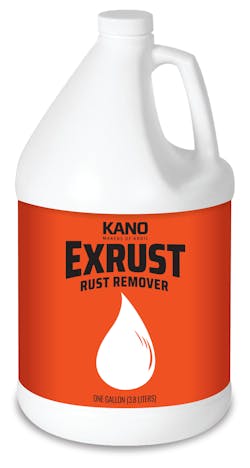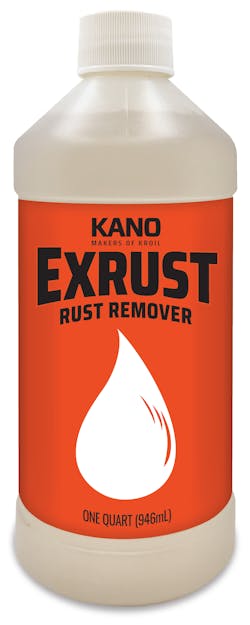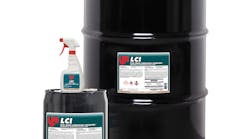Anyone who works with exposed ferrous metal (iron or steel) knows it’s going to rust. It’s a fact of life and science. Even rock star Neil Young knows rust never sleeps. All it takes is metal exposure to oxygen, water or humidity. It’s the enemy of steel and iron, causing damage and deterioration.
In the industrial workplace, there are several factors to consider and questions to ask when choosing to remove rust versus replacing metal parts and machinery.
- Has the part been structurally weakened?
- Is the surface so pitted that it is impractical to apply coatings?
- What is the availability and/or cost of the replacement part?
- How practical is removing the rust?
- What methods are available for rust removal?
- How much time is available for rust removal?
Most rust removers are used in automotive where old vehicle restoration is taking place. Rust remover around fender wells and lower body panels where road salt and other materials have corroded are most common. Rust must be stopped and removed before the paint process begins.
Outside equipment needs rust remover before any repaint begins. Inside equipment that's exposed to moisture can develop rust on surfaces. For example, a shaft that needs a bearing removed and the exposed metal has rusted, causing a problem in bearing removal.
Which Method To Use
Phosphoric acid is an effective and efficient rust removal agent. It cleans the iron or steel parts by chemically reacting with the rust and converting it to water-soluble components. These components remain in the liquid solution which is easily washed away leaving the iron/steel surface clean and ready for use or for application of any type of coating to prevent further rust formation.
For heavy rust, soaking parts in a liquid rust remover is the most effective. Kano Laboratories developed a product called Exrust, whose active ingredient is phosphoric acid, to penetrate and chemically react with iron oxide, quickly removing it. It’s versatile in that it’s effective on all ferrous metals without damaging the base metal.
Exrust may be used to remove other metal oxides but must be used with extreme caution as it will react with and dissolve base metals such as aluminum and copper.
There are also mechanical methods to remove rust that involve sandblasting or grinding it off. Depending on the work area, the dust and debris from sandblasting may not be possible. Grinding can create sparks and isn’t an option in a flammable area. Some of the equipment may be too delicate to use a grinder or sandblast. Mechanical means remove base metal which could weaken or damage parts, even putting holes in them.
For lightly rusted equipment, consider brushing on a rust remover. Following all safety protocols, the product will remove light surface rust. The now rust-free surface needs to be thoroughly rinsed with water and dried with a cloth. After treatment, consider applying a protective coating.
What Maintenance Pros Look For in an Industrial Rust Remover
Performance
How well does it work?
If you are looking for a clean surface for a part’s or tool’s performance, to meet a cleanliness requirement for a coating or lining, or purely for aesthetics, be sure that you are getting a rust remover that dissolves the rust away rather than a rust converter which just changes the rust to a more stable layer of iron oxide. These layers may inhibit further corrosion and may be suitable for some coatings and linings. Still, the buildup may interfere with moving mechanisms, be incompatible with some coatings and linings, and leave a visually unpleasant roughness.
Ease of Use and Convenience
How difficult is it to use and how long does it take to get results?
In choosing the right rust remover some products work best as a soak and some are designed with a jelly-like consistency to be applied to surfaces that are not capable of immersion. The soaks are most efficient and fastest when the entire surface to be cleaned can be immersed in the solution. Sometimes doing large parts takes some creativity to get the whole part immersed at one time.
When using gels or soaks on surfaces that can’t be immersed, the cleaning process may be much slower because the amount of rust dissolved is proportional to the amount of active ingredient in contact with the surface. Soaks or low-viscosity products can be used on areas by spraying the product on, letting it sit to have time to react with the rust, and then scrubbing it off.
Smaller areas can be cleaned by covering them with a thoroughly wetted cloth. Allow it to sit while the product reacts with the rust, remove the rag, and scrub it off.
Safe To Use
The product label and safety data sheet (SDS) should give clear directions for proper use including personal protection equipment. The manufacturer should provide easy access to the SDS. Research the product to guarantee that it's compatible with the material that is being cleaned. Know whether it will damage the base metal, paint or mar the finish of the component that is being cleaned, prior to use. Testing a small spot to see the effect of the rust remover prior to wetting the entire part may be a good idea.
In rust removers, there is a certain performance tradeoff between acid-based products that have more inherent safety risks and chelating agents that are safer for the user.
Speed/Efficiency
Before choosing a rust remover it's beneficial to identify the process by which the rust is removed. Acid-based product’s speed of performance will be a function of the type of acid in the rust remover. Chelating agents tend to be a little slower than strong acids and may be faster than weaker acids like vinegar.
Won’t Damage the Base Metal
Those who want to get rid of rust in a hurry may use strong acids like Muriatic Acid (dilute Hydrochloric Acid) or Sulfuric Acid, but these will dissolve the base metal as readily as the rust and great care is required lest the part you are trying to clean is damaged beyond use. Chelating agents will not harm the base metal but may not be as fast or thorough enough. A good middle ground is a Phosphoric Acid based product that properly designed will provide quick dissolving of the rust with no risk of base metal damage.
Cost Effectiveness
An advantage of products designed as a soak is their ability to be reused. Kept in a reusable container, the soak may be used several times before the active ingredient is used up. For products designed as gels, they are single-use and when wiped or washed away are gone even if only a small portion of the active ingredient was used.
Availability
Products that are American-sourced and made, like Exrust, increase the chance that the product will be there when you need it. Look for multiple distributors or outlets to increase product accessibility.


